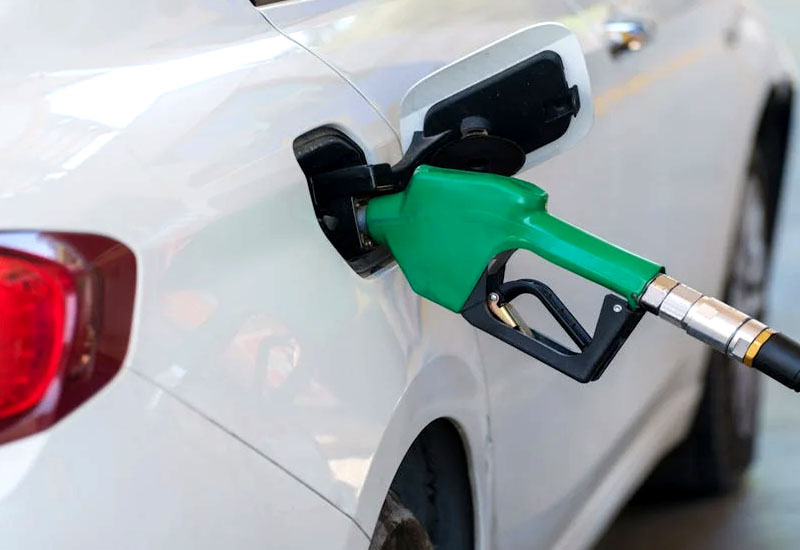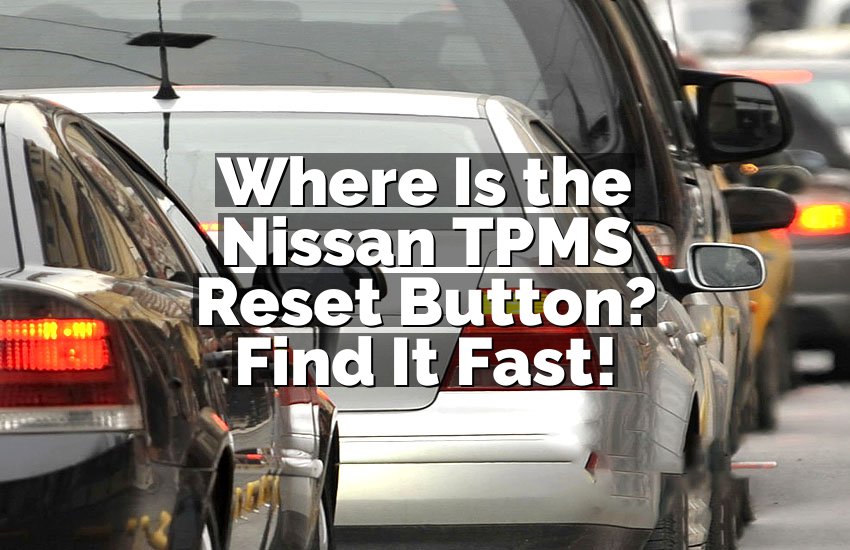Have you ever wondered how much gas your car can hold? Maybe you’ve been planning a long road trip or just trying to figure out how often you’ll need to fill up. Whatever the reason, knowing how many gallons of gas your car’s tank can hold is important. It can help you plan your trips, save money, and understand your car’s efficiency better.
In this article, we’ll break it all down in simple terms. From the average size of a car’s gas tank to the factors that affect how many gallons it holds, we’ll cover everything you need to know. So, let’s get started and explore the world of car fuel tanks in a fun and easy way!

Understanding the Average Size of a Car’s Gas Tank
When it comes to how many gallons of gas a car holds, there isn’t one simple answer. The size of a car’s gas tank depends on the make, model, and type of vehicle. However, most standard cars have gas tanks that hold between 12 and 15 gallons of fuel. If you’re driving a larger vehicle, like an SUV or a pickup truck, the tank could hold anywhere from 20 to 30 gallons.
Why the Size of the Tank Matters
The size of your car’s gas tank is important for a few reasons. First, it determines how far you can drive on a full tank. A larger tank means you’ll need fewer fill-ups, which is especially helpful for long road trips or if you live in a place with few gas stations.
On the other hand, smaller cars with smaller gas tanks might need to be refueled more often, but they’re usually more fuel-efficient, meaning you get more miles per gallon. So, knowing your car’s tank size helps you plan how far you can drive before you need to stop for gas.
How to Find Out Your Car’s Gas Tank Size
If you’re not sure how many gallons of gas your car’s tank holds, don’t worry! There are a few easy ways to find out. First, check your car’s owner’s manual. It should list the fuel tank capacity, usually under the specifications section.
If you don’t have the manual, you can also look up the information online by searching for your car’s make, model, and year. Many websites provide detailed specs about vehicles, including their gas tank size.
Another way to figure it out is by filling up your tank and taking note of how many gallons it takes to fill it from empty. Of course, this isn’t the most accurate method, but it will give you a rough idea of your tank’s capacity.
What Affects How Many Gallons a Car Holds?
While the average gas tank size is generally a good guideline, there are several factors that can influence how many gallons of gas a car can hold. Let’s look at some of the key things that can affect your car’s fuel tank capacity.
The Type of Vehicle
As mentioned earlier, the type of vehicle you drive plays a big role in how much gas it can hold. Smaller sedans, compact cars, and hatchbacks tend to have smaller fuel tanks, usually in the range of 12 to 15 gallons. On the other hand, larger vehicles, like trucks, SUVs, and vans, typically have much larger tanks that can hold anywhere from 20 to 30 gallons.
Sports cars and electric vehicles often have smaller tanks, while luxury cars may have larger tanks to support longer journeys. This variation happens because different vehicle types are built for different purposes, and those that are designed for long-distance travel or heavy-duty work need more fuel.
The Design of the Fuel Tank
The design of your car’s fuel tank can also affect how much gas it holds. Most cars have a main tank that holds the majority of the fuel, but they might also have a smaller reserve tank to help keep the engine running smoothly when the main tank gets low.
In some cases, fuel tanks are designed with extra space for safety reasons. For example, some tanks are built with a little extra room to allow for expansion when the gas heats up. This means that while your tank might seem like it can hold 15 gallons, it may actually only hold about 14 gallons of usable fuel.
Fuel Tank Position and Shape
Another factor affecting how much fuel your car can hold is the position and shape of the fuel tank. In many cars, the fuel tank is located beneath the car’s rear seat or trunk area. The shape of the tank can be impacted by the available space within the vehicle’s frame. A car with a more compact design might have a smaller, irregularly shaped tank that holds less gas, while larger vehicles with more space can accommodate bigger, more straightforward tanks.
The Importance of Knowing Your Car’s Gas Tank Size
Now that we’ve covered the basics of how many gallons of gas a car can hold and what factors can affect that size, let’s talk about why it’s important to know this information. Understanding your car’s fuel tank capacity can help in several ways.
Budgeting for Gas
Knowing how many gallons your car’s tank holds can help you plan your fuel expenses better. If you know how much gas your car uses, you can estimate how much you’ll spend on fuel for a trip or in a month. This can help you avoid unexpected expenses and stick to your budget.
If your car has a large tank, you might only need to fill it up every few weeks. But if you have a smaller tank, you may find yourself stopping for gas more often. Either way, understanding your tank size helps you plan ahead.
Planning Long Trips
If you’re planning a road trip, knowing how many gallons of gas your car holds is key to planning how often you’ll need to stop for fuel. You can estimate your car’s range (how far it can go on a full tank) based on its fuel tank size and fuel efficiency.
For example, if your car has a 15-gallon tank and gets 25 miles per gallon, you can travel up to 375 miles before needing to refuel. Knowing this helps you plan rest stops and avoid running out of gas in the middle of nowhere!
Fuel Efficiency
In addition to knowing how much gas your car holds, it’s also helpful to know how fuel-efficient your car is. Fuel efficiency is usually measured in miles per gallon (MPG). If your car gets 30 MPG and has a 12-gallon tank, you can drive about 360 miles on a full tank. But if your car gets only 20 MPG, you’ll only go about 240 miles on the same amount of fuel.
Fuel efficiency varies depending on the make and model of your car, as well as factors like driving habits and road conditions. Knowing your car’s MPG can help you calculate how far you can go on a tank of gas and whether you need to refuel sooner than expected.
Final Thoughts
I hope this article helped you understand how many gallons of gas a car can hold and why it’s important to know. Whether you’re trying to plan a road trip or just keep an eye on your fuel costs, knowing your car’s tank size can be really useful. Remember, the size of your tank varies depending on the car, and it’s always a good idea to check your car’s owner manual for specific details. So, the next time you pull up to a gas station, you’ll know exactly how much fuel your car can handle!
Frequently Asked Questions
Is it possible for my car to hold more gas than the advertised capacity?
Yes, in some cases, cars can hold slightly more gas than the advertised capacity due to expansion space in the tank or other design factors. However, it’s not recommended to rely on this extra space, as it’s not always usable.
Can I overfill my car’s gas tank?
It’s best not to overfill your gas tank. Doing so can damage the tank or cause fuel to spill out, which could be dangerous. Always stop fueling when the pump clicks off.
Do I need to fill my tank completely every time?
No, you don’t need to fill your tank completely every time you visit a gas station. It’s a good idea to keep your tank at least a quarter full to avoid running out of fuel, but you don’t have to fill it up all the way unless needed.
Is it better to fill up my tank early or wait until it’s almost empty?
It’s generally better to fill up your tank before it gets too low. Running your car on a near-empty tank can cause dirt and debris to clog the fuel filter and could lead to engine problems.
Can a larger gas tank make my car less fuel-efficient?
Not necessarily. While larger gas tanks hold more fuel, the size of the tank itself doesn’t impact fuel efficiency. What matters more is the car’s engine design and how well it uses fuel.
Is it okay to run my car’s tank down to empty?
It’s okay occasionally, but regularly running your car on empty can harm the fuel pump and other engine parts. It’s better to keep your tank at least a quarter full.
Do I need a larger gas tank for long trips?
Having a larger gas tank is helpful for long trips because you’ll have to stop for gas less often. But it’s not essential if your car has good fuel efficiency.
Can I drive farther with a larger tank?
A larger gas tank can help you drive farther between refills, but the distance you can drive also depends on your car’s fuel efficiency. A large tank doesn’t automatically mean you’ll go farther if your car uses a lot of fuel.


